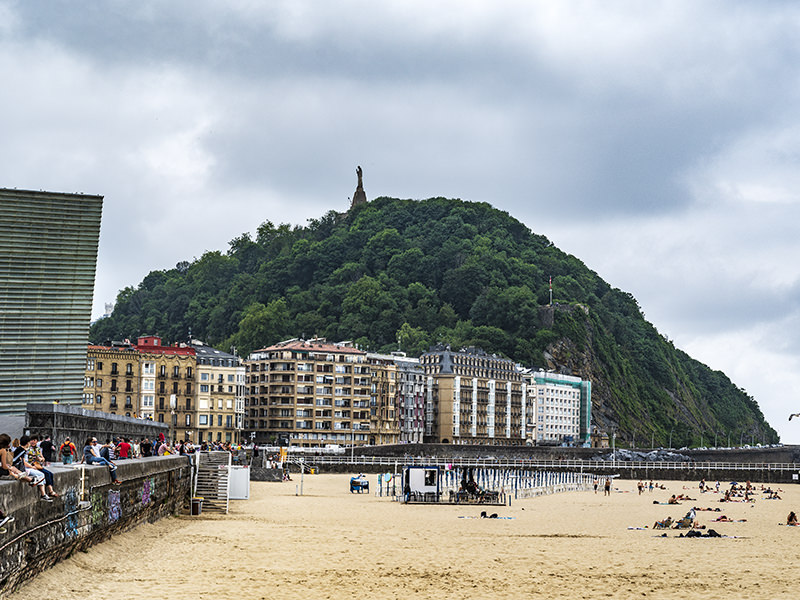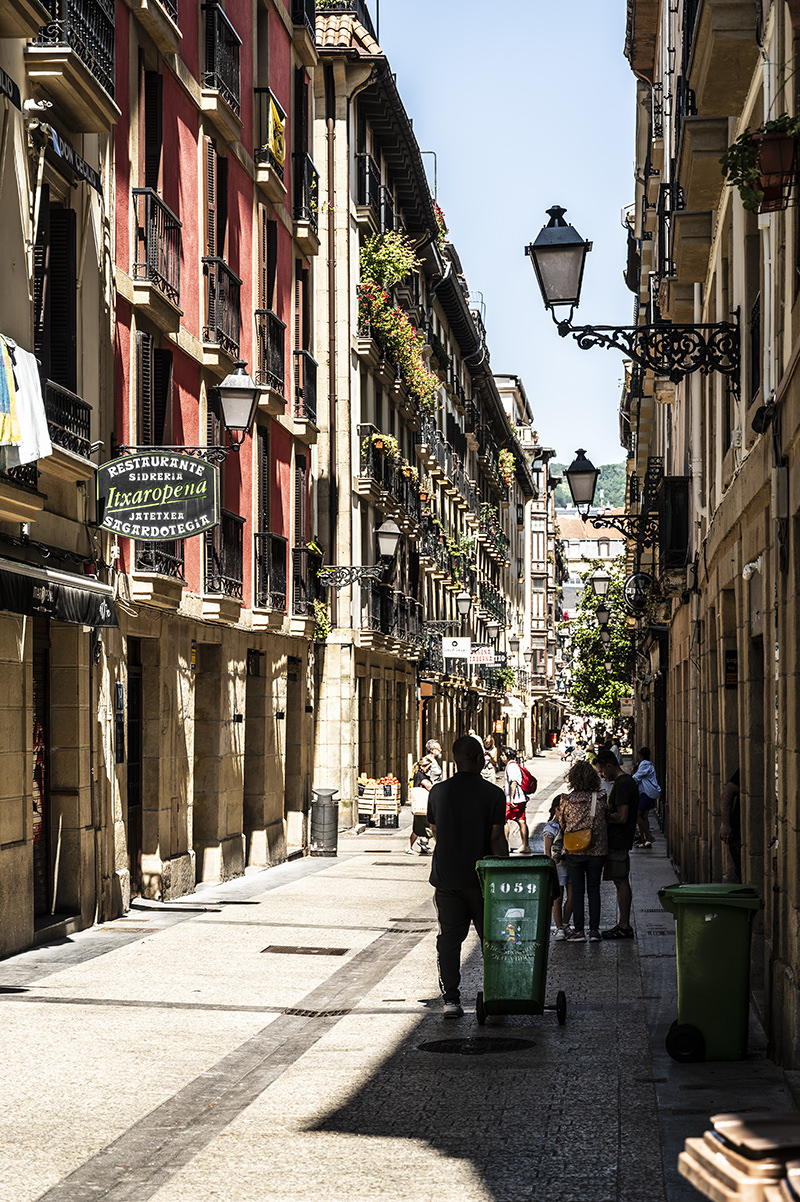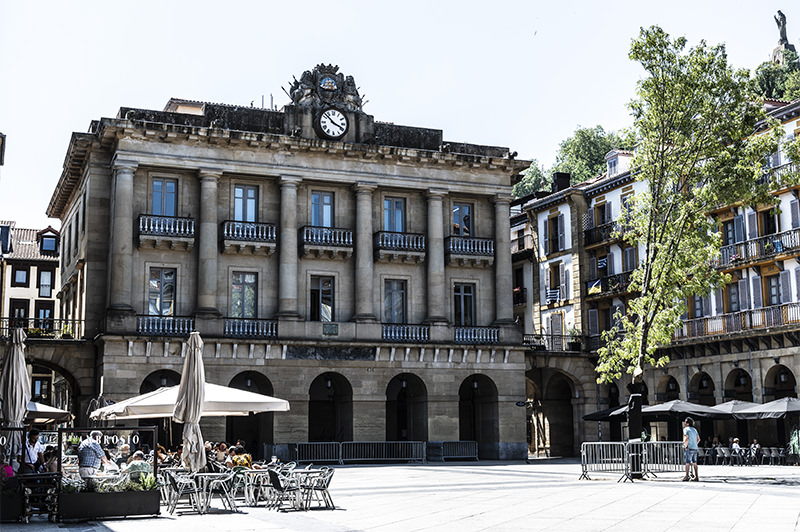

Donostia -
San Sebastián
City Tours
Produced by :  © 2023
© 2023



Produced by :  © 2023
© 2023
A very sophisticated cuisine, an admirable architecture and white sandy beaches. Who could ask for more? Imagine a small Paris with Basque influence, right by the sea and with far fewer tourists. San Sebastián is a subtle blend of all these features and a city where it is easy to get around.

It's hard not to like this majestic city on the Cantabrian Sea. San Sebastian (Donostia in Basque), with its arched bay and white sand beaches, has long been a draw for vacationers seeking the sun.
This made the city famous during the Belle Époque, when Queen Maria Cristina established her summer residence here. San Sebastian's obviously glamorous past is still clearly visible throughout the city.
La Concha, the most beautiful city beach in Europe, is dotted with extraordinary villas and is home to the famous Spa La Perla (The Pearl). The boardwalk features an ornate white railing that has become a symbol of the city. Two other, less exclusive beaches than La Concha complete the city center. Surfers know especially the Zurriola beach.

In recent years, San Sebastián has received much praise for its gastronomy. The city has 14 Michelin stars in 6 restaurants and can boast of having more stars per inhabitant than the rest of the world except Tokyo. - Oh well. This needs more investigation, because not only did we spontaneously come here, but we also very spontaneously got stuck at a bar to eat tapas, which we had also been strongly encouraged to do ... and which one gets conveniently offered almost everywhere.
San Sebastián is also famous for its pintxos. And the best place to try them is in the Parte Vieja (historic district). This charming old city center is known for having the largest concentration of bars in the world. Pintxo is king here and the cuisine is taken very seriously. Of course, we convinced ourselves of this extensively.
In the old town of San Sebastian is the largest concentration of bars in the world. We find them in the narrow streets at the foot of the Icon de numéro Mont Urgull. Here is the ideal place for a walk ... even without the buggy in which we usually carry our film equipment.
Once in the old town, you can admire the church of Santa María del Coro and the Plaza de la Constitución, a neoclassical era square built around the old town hall and better known as "la consti".

Step by step, we learn here that our first, spontaneous visit brings us to a city that the French Basques have so raved about.
We had already accepted to understand only half on the French side ... namely French ... we understand nothing more here. But we don't notice that, because English is widely spoken here ... and restaurants and bars have prepared well for people like us: with menus in Spanish and English languages, where the waiter (if he knows no or only little English) compares what we order - so that he doesn't serve anything wrong.
This city and perhaps the rest of the (Spanish) Basque Country - the greater part of the region - will probably see us again.